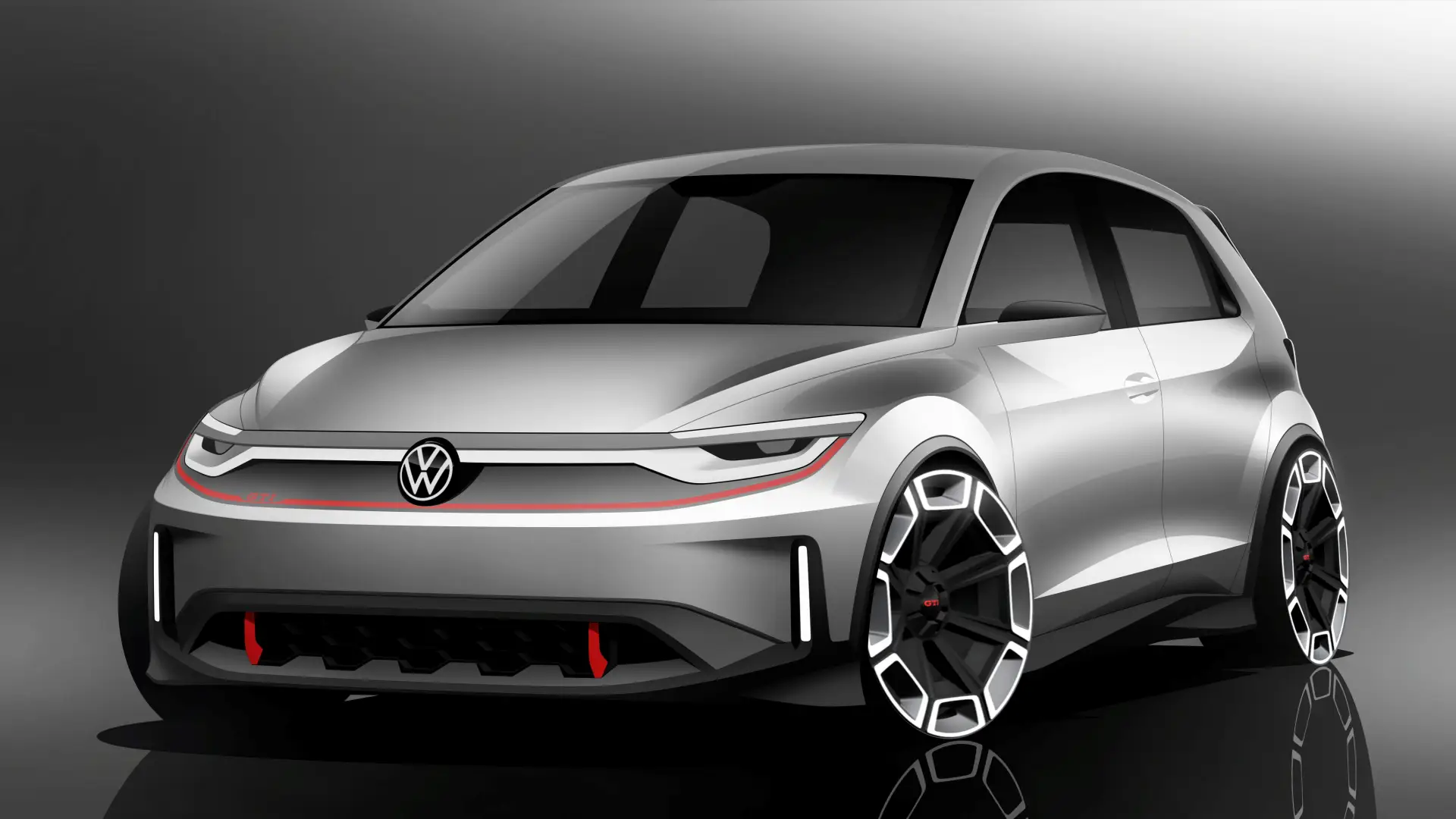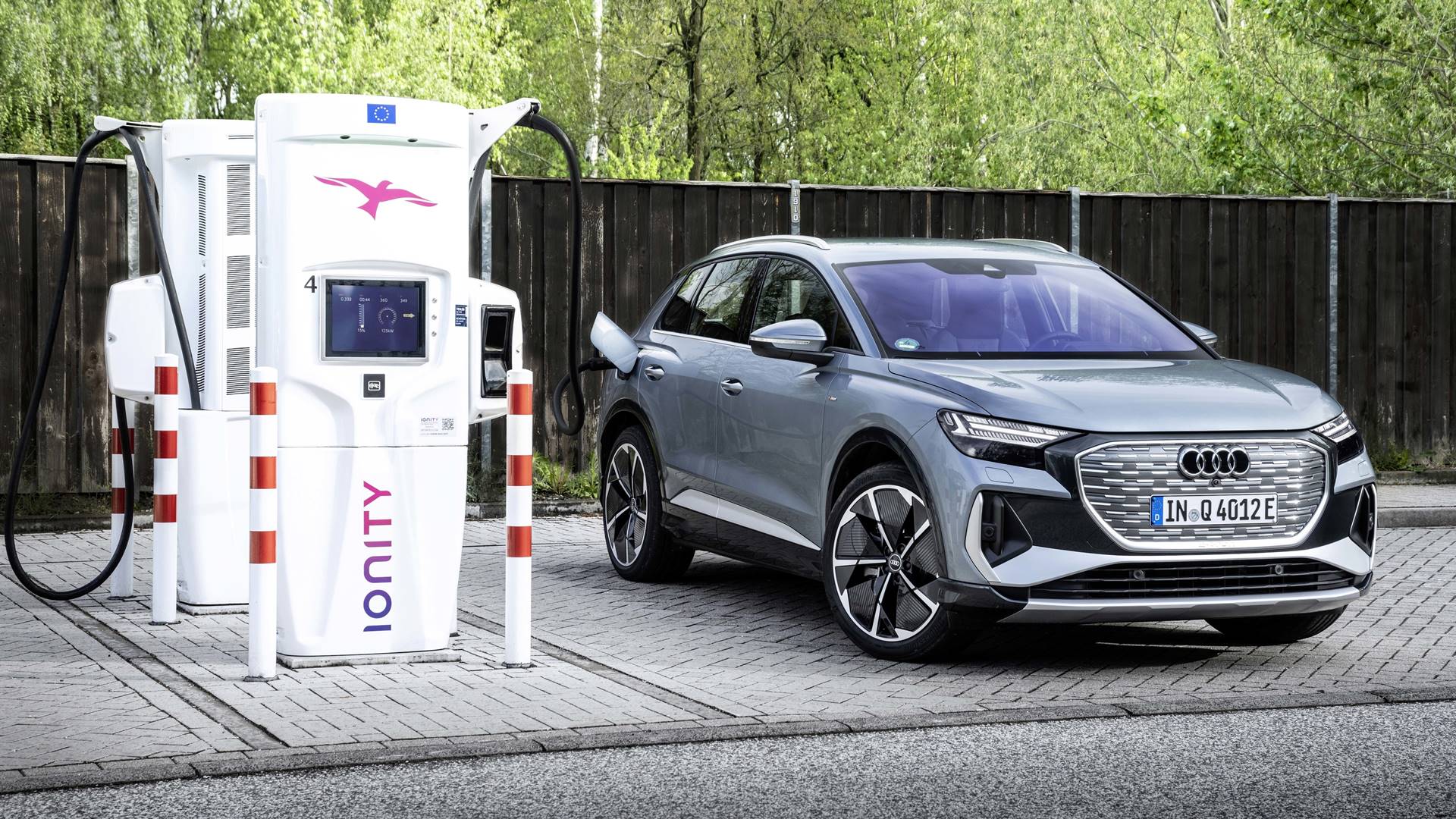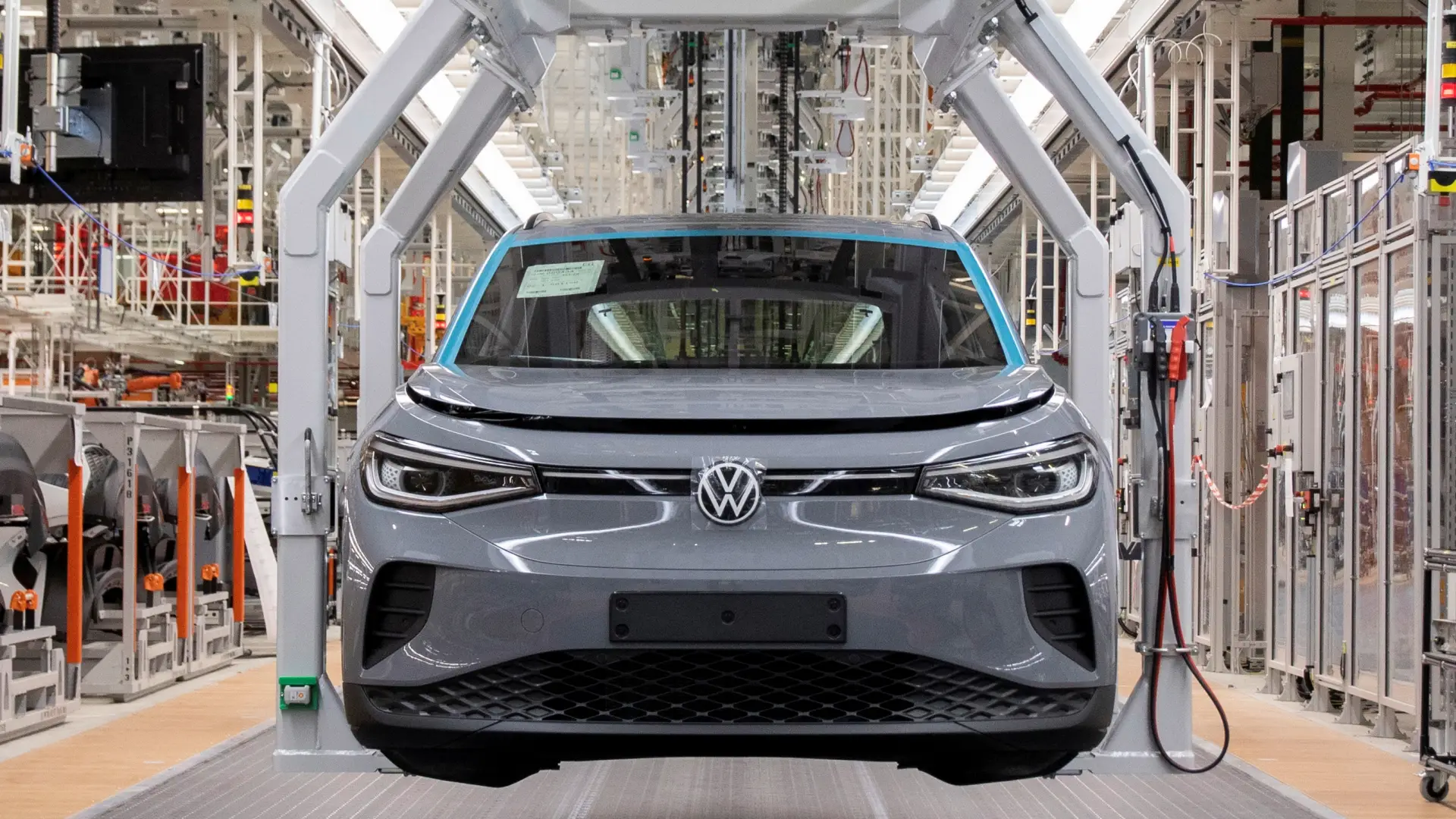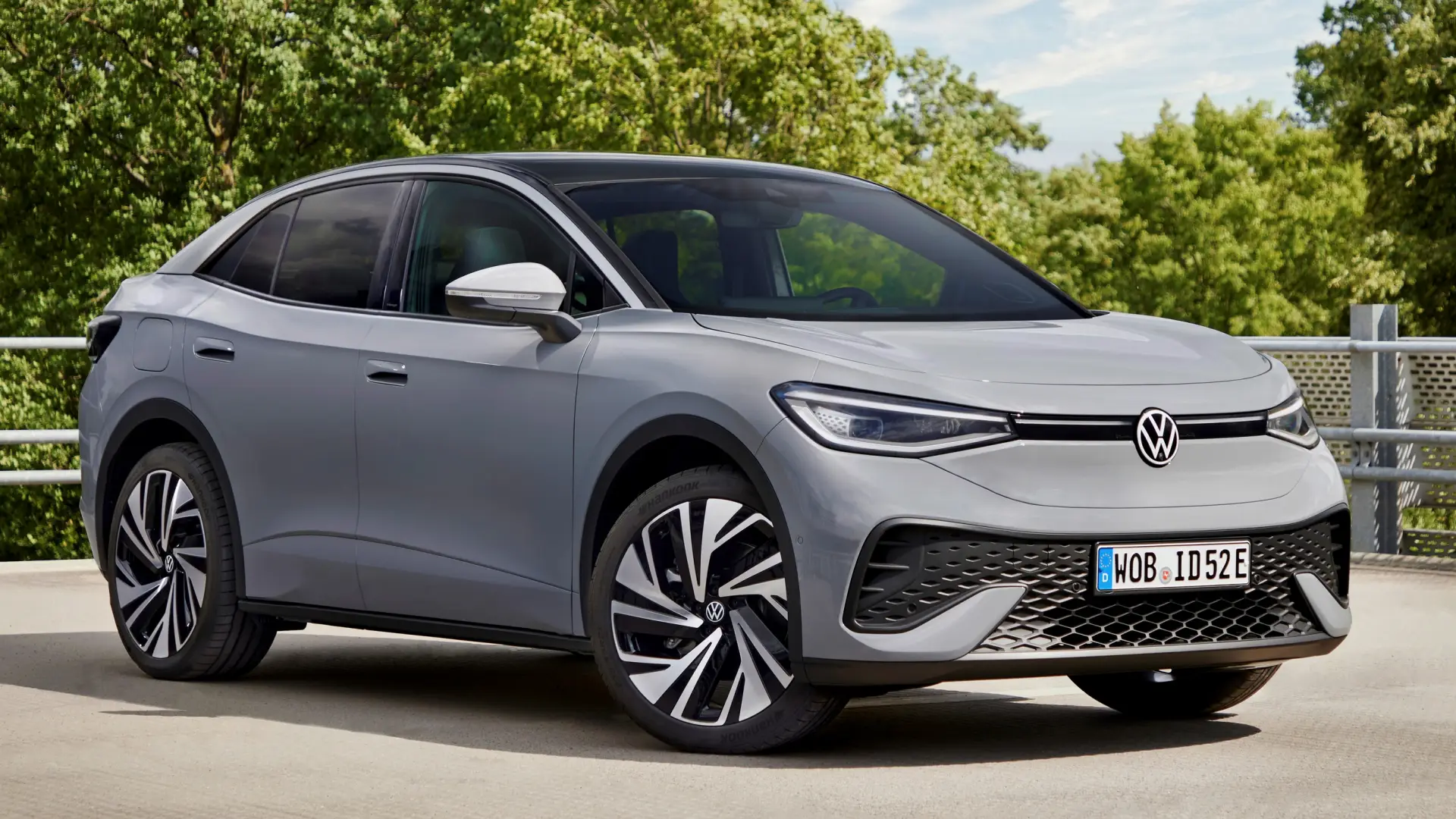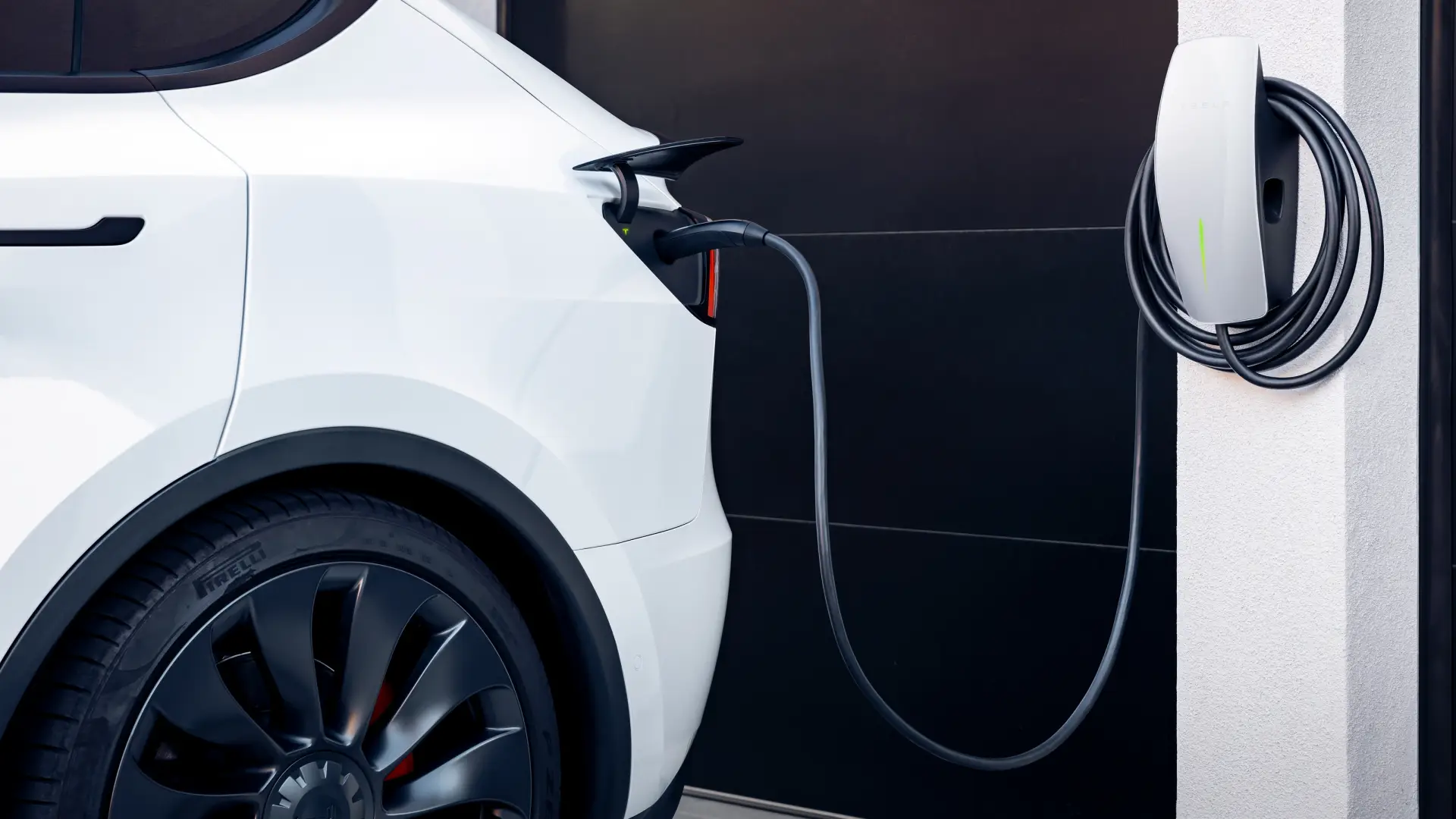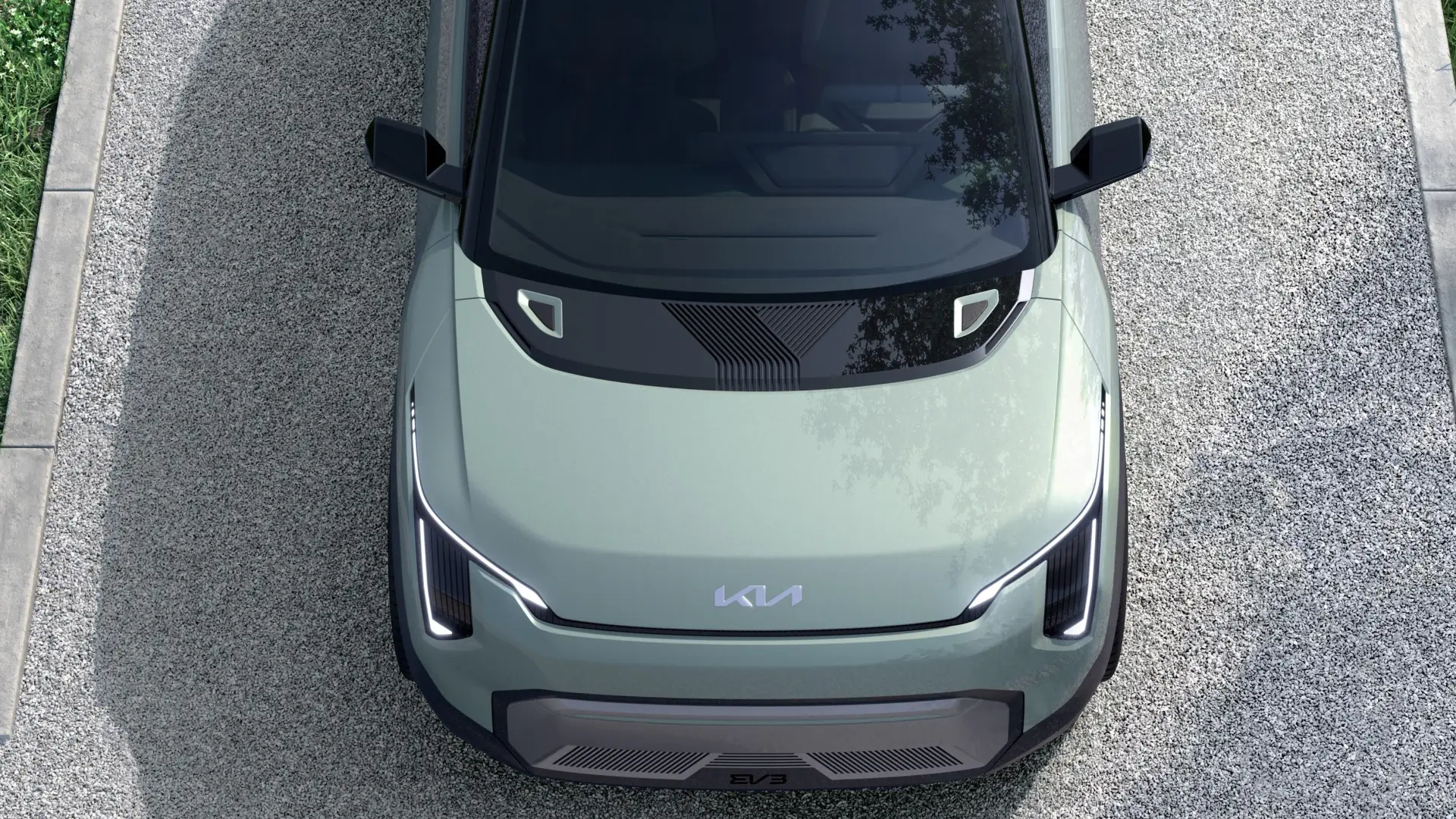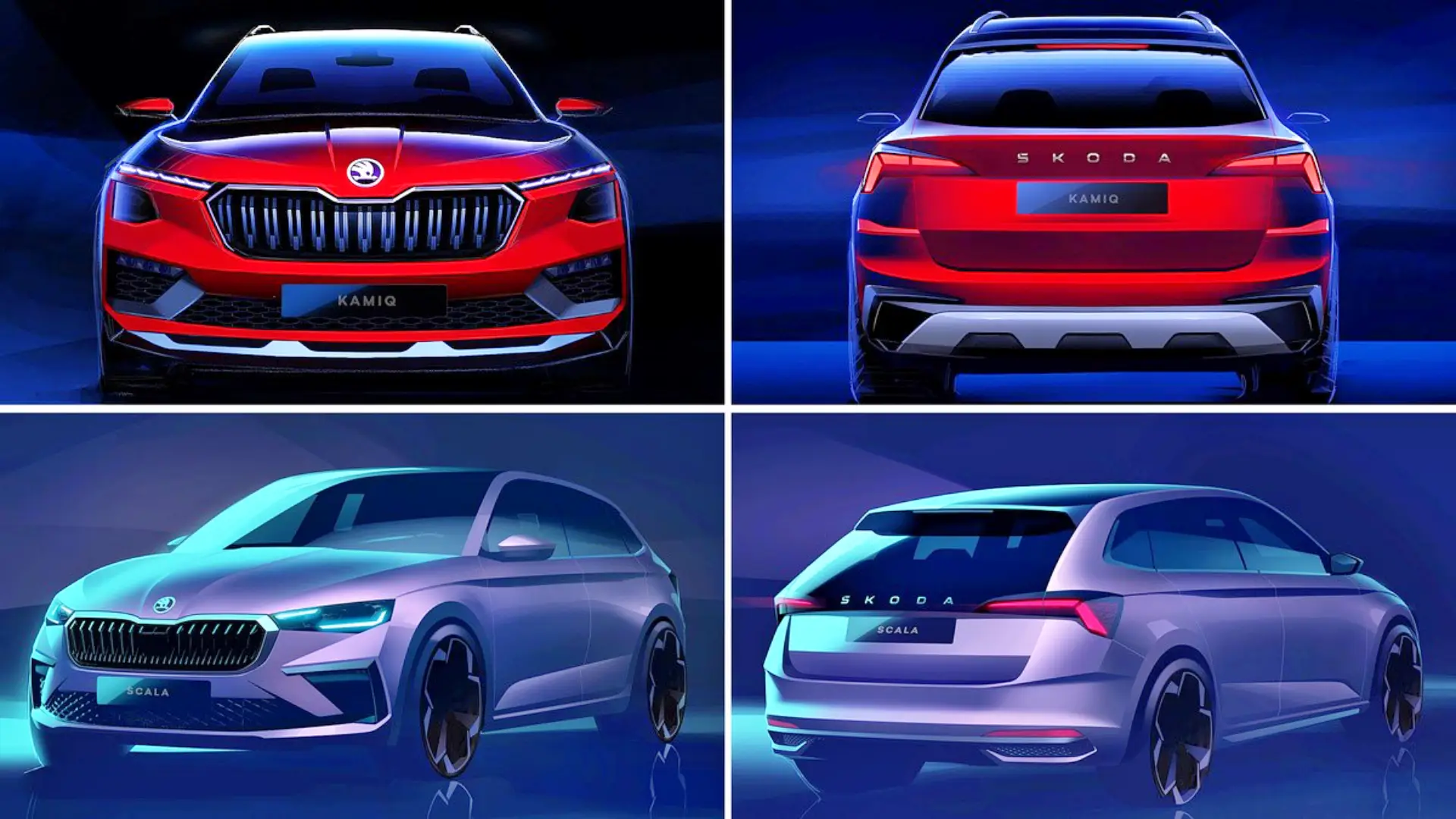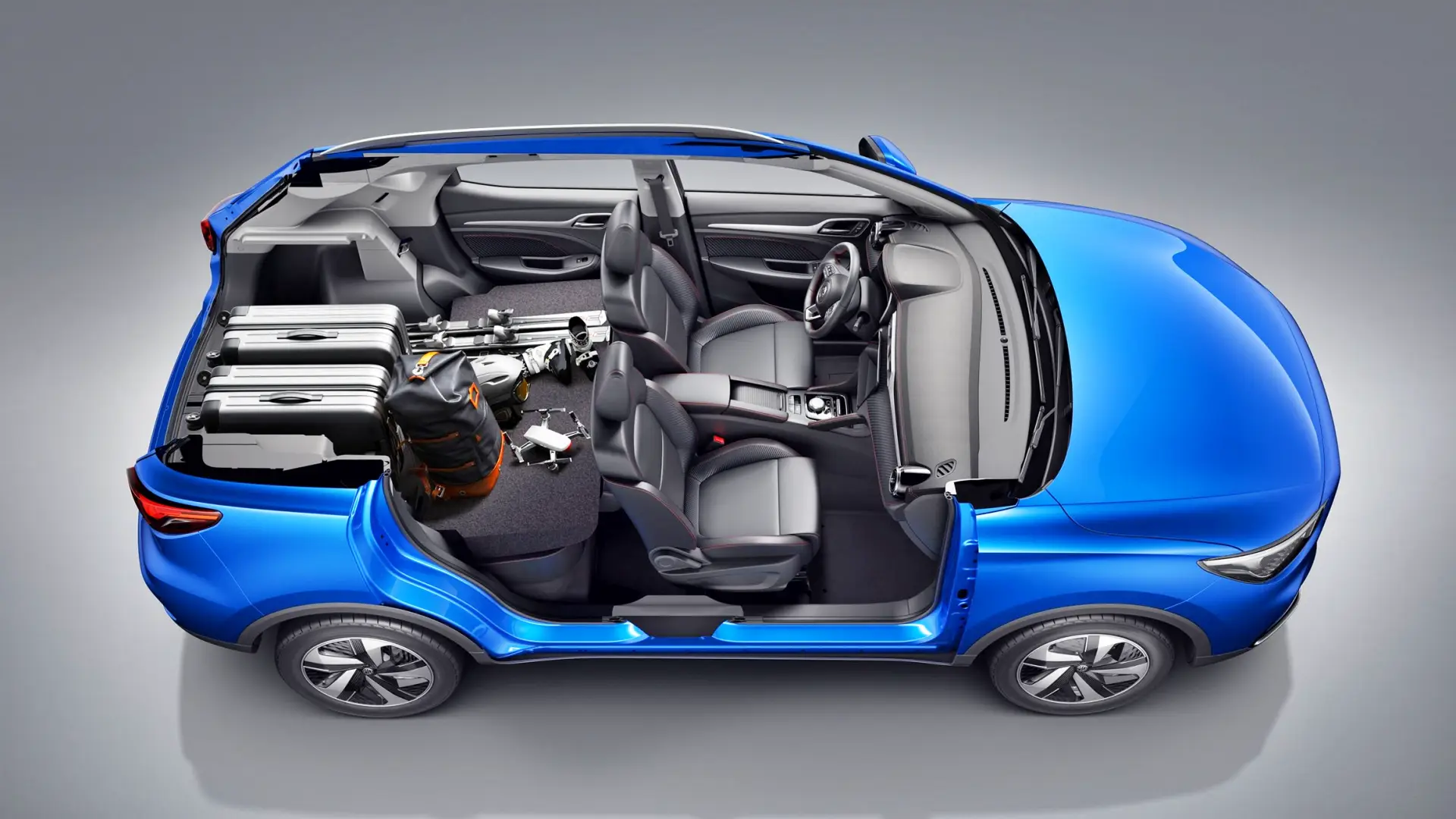Little by little we are learning more details of what promises to be a true revolution in the Volkswagen range in the coming years. The ninth-generation Golf will be the talk of the town until it hits the roads, which points to 2028.
The popular German compact will be in charge of launching the new Volkswagen Group SSP modular platform for electric cars, which will replace the current MEB. That means, as we already know, that the next generation of Golf will leave combustion mechanics behind and will become exclusively electric.
The future electric Golf will coexist with the rest of the ID family, positioning itself in size between the ID.3 and the imminent ID.2 . It will also retain the GTI and R badges for the most performance versions. As always, the Golf will be the cornerstone of Volkswagen, this time more than ever.
VW Golf MK9 Arrives in 2028
The eighth generation of the Volkswagen Golf still has a mid-cycle update to go. After this, the German car will change completely, reinvent itself, and mark the beginning of a new era for the brand, with technologies that will change it completely.
The SSP platform that the Golf will debut is very much to blame for this. One of the keys to this strategy is that the work that Volkswagen is already doing with this platform will allow for a considerable cost reduction, especially in comparison with the first wave of electric vehicles based on the MEB base.
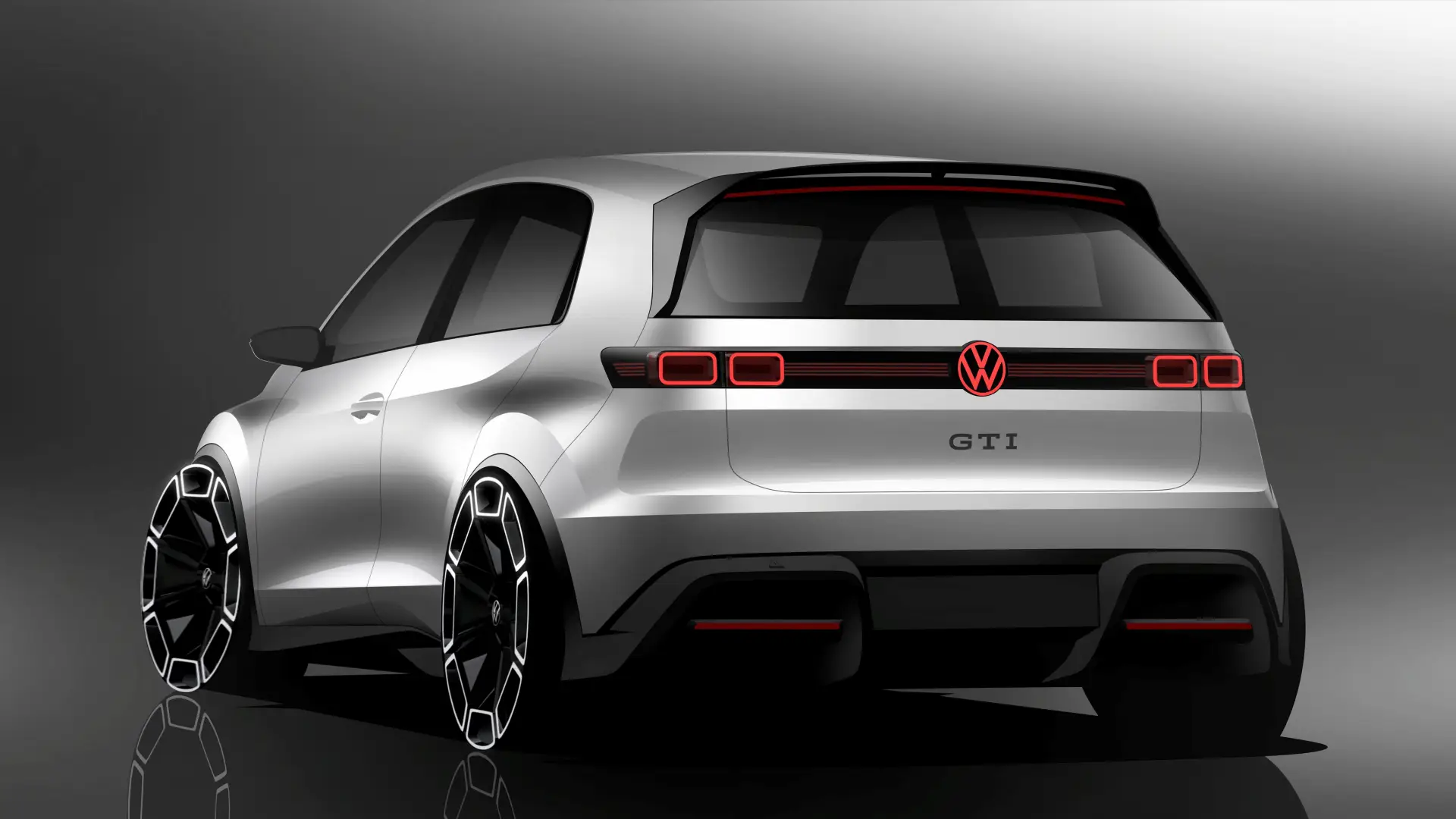
The future ninth-generation VW Golf, already electric, will have an 800-volt electrical architecture and will feature the new VW Group unified cell batteries. On the one hand, you will be able to charge much faster, with a power greater than the 175 kW of current models. There is already talk of charges from 10 to 80% in just 12 minutes, compared to the current 35 minutes.
On the other hand, the new unified cell technology will reduce production costs, so that the final price of future electric cars like the Golf Mk9 is much more similar to current combustion cars than to those of the ID.3 and company. Cost savings could be 30% compared to the current MEB platform, and up to 50% in the case of smaller cars.

These batteries will make it possible to standardize battery production, ‘unifying’ all possible types of chemistry in the same cell format, regardless of the segment for which they are intended. For example, the smallest cars would opt for lithium iron phosphate (LFP) cells, while the largest electric ones would bet on batteries with higher nickel content, to optimize their performance.

